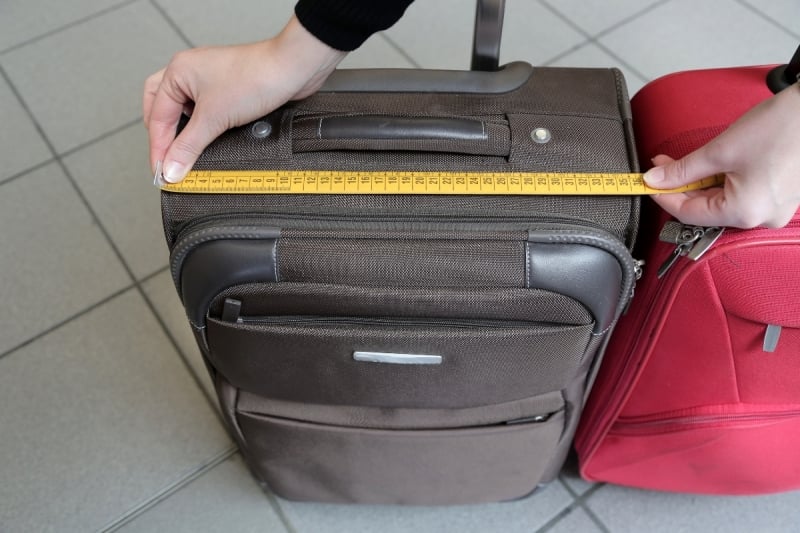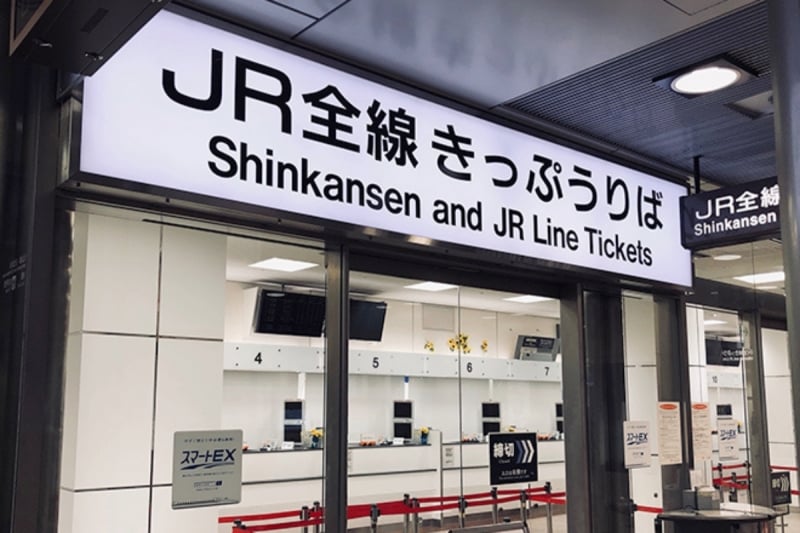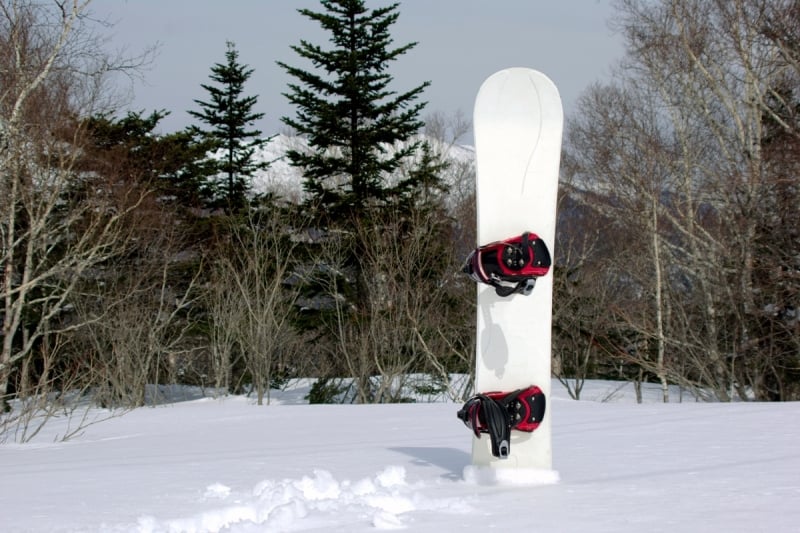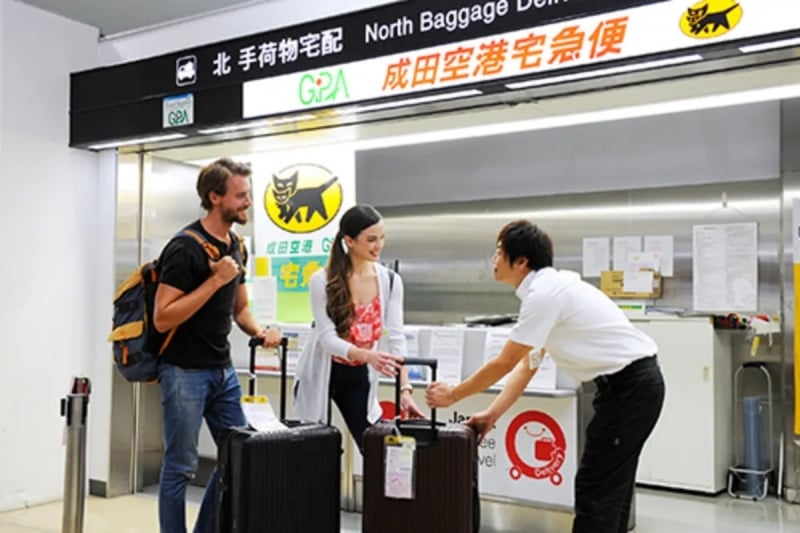Riding Japan’s legendary Shinkansen is one of those quintessential travel experiences: sleek, punctual, and impossibly smooth. But before you sink into your reserved seat and watch Mount Fuji glide by, there’s one detail you shouldn’t overlook. Your luggage.
Since May 2020, Japan Rail (JR) has enforced strict size regulations for luggage on certain Shinkansen lines. While the rules aren’t complicated, they’ve caught many travellers off guard, especially those hauling big suitcases or sports gear. Here’s everything you need to know to breeze through your next bullet train journey.
Also read: How to Ride the Shinkansen in Japan: 8 Hacks Every Traveller Should Know
The basics: How the size rules work

Image credit: Michele Piacquadio via Canva Pro
To determine whether your bag needs a reservation, simply add up its height, length, and width.
-
Under 160 cm: You’re good to go, no reservation required. You can store the bag in the overhead rack or in front of your seat.
-
Between 160 cm and 250 cm: You’ll need to reserve a seat with an oversized luggage area in advance. These seats are usually located at the back of each carriage, where there’s extra space behind the seats.
-
Over 250 cm: Unfortunately, not allowed on the train. You’ll need to find an alternative way to send your luggage.
Each piece of luggage must also weigh no more than 30 kg.
These rules currently apply to the Tōkaidō, San’yō, Kyūshū, and Nishi Kyūshū Shinkansen lines. The major routes connecting cities like Tokyo, Kyoto, Osaka, and Fukuoka.
Why the change?
The main reason is simple: space. As the Shinkansen network grows ever more popular, JR wanted to ensure comfort and safety for all passengers. Reserving specific spaces for large luggage helps prevent aisle congestion and ensure smoother boarding, especially during peak travel seasons.
How to reserve an oversized luggage seat

Image credit: global.jr-central Official Website
Reserving an oversized luggage seat is free and straightforward, but it must be done before boarding. Travellers can make a reservation at any JR ticket counter by simply asking staff for an “oversized luggage seat”, via ticket machines at major stations, or online through platforms such as JR Central or other third-party booking sites. Reservations open one month in advance, and it’s best to secure yours early, particularly during holidays or ski season, as each car typically has just five oversized luggage seats that can fill up quickly. If you forget to reserve, don’t panic, but do expect a ¥1,000 fine upon boarding.
What about sports gear and special items?

Image credit: Vladimirovic via Canva Pro
Items such as skis, snowboards, musical instruments, wheelchairs, and baby strollers are exempt from the size rule. However, it’s still recommended to reserve an oversized seat if possible, as it makes life easier, especially on longer journeys.
You’ll also find luggage sizers at all Tōkaidō Shinkansen stations, so you can double-check your bag’s size before boarding.
On board: What to expect

Image credit: global.jr-central Official Website
If you’ve reserved an oversized luggage seat, you’ll usually find it at the back of the carriage. The storage area behind your seat is shared among five passengers, so be considerate. Place your luggage neatly and keep aisles clear.
Otherwise, smaller bags fit comfortably in the overhead racks or at your feet. The Shinkansen’s design is incredibly efficient, ensuring there’s always enough room for everyone to travel comfortably.
Travelling with too much luggage?

Image credit: japan.travel Official Website
For those travelling with bulky equipment or multiple bags, consider using TA-Q-BIN, Japan’s reliable door-to-door delivery service. Operated by Yamato Transport, it lets you send your luggage (and even skis!) directly to your hotel or airport. A true lifesaver for travellers navigating Japan’s vast train stations.
Domestic deliveries usually arrive within 24 hours, while international TA-Q-BIN takes around six to ten days. It’s a convenient, stress-free alternative, particularly if you’re planning a ski holiday in Hokkaido or Honshū.
Also read: Japan to Raise Departure and Visa Fees for Tourists: What to Know
Final thoughts
While Japan’s new Shinkansen luggage rules might sound daunting at first, they’re really designed to make travel smoother and more comfortable for everyone. As long as you measure your bags and reserve seats when necessary, your journey will be as seamless as ever.




